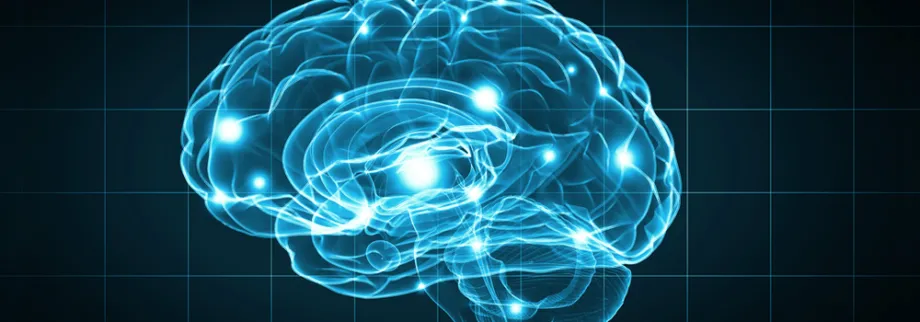
Graphic by Sergey Nivens, Shutterstock: New research by Stanford biologists holds the promise to develop a more effective treatment for drug addiction by suppressing the urges at their origin within the brain.
Stanford Report - February 3rd, 2016 - by Rosemary Mena-Werth
In addition to the desire to experience a "high," one of the obstacles drug addicts encounter is the difficulty of overcoming a myriad of harsh withdrawal symptoms including anxiety, depression, nausea, vomiting and diarrhea. When people learn to associate the loss of drug use with the pain of withdrawal, it can create an urge to use that is as strong as the "high" itself, making it even more difficult to quit.
Some of these symptoms can be partially managed, but new research by Stanford biologists holds the promise to develop a more effective treatment for drug addiction by suppressing the urges at their origin within the brain.
A recent discovery by Stanford scientists has both pinpointed and controlled nerve centers in the brain that react to this aversive withdrawal stimuli. In this study, scientists were able to eliminate negative reactions to opiate withdrawal symptoms in morphine-dependent mice.
"Most research that studies drug addiction is focused on the reward pathway because that is the reason you start to take drugs, but people who really get addicted also take drugs to get rid of the withdrawal effect. This is especially important in opiate addiction," said lead investigator Xiaoke Chen, an assistant professor of biology at Stanford.
The research, published in the current issue of Nature, began by studying the nucleus accumbens, a group of neurons in the brain that is commonly associated with drug reward. Other studies, however, have also shown that it responds to aversive stimuli, including drug withdrawal.
To further investigate this behavior, Chen and his colleagues used fluorescent proteins to illuminate brain centers and view the pathways that connect them. The experiment highlighted a particularly clear link between the nucleus accumbens and a small group of cells in the paraventricular nucleus of the thalamus (PVT).
The scientists then tested the link between the nucleus accumbens and the PVT using the technique of optogenetics developed at Stanford by Karl Deisseroth, the D. H. Chen Professor of bioengineering and of psychiatry and behavioral sciences. Optogenetics makes use of light-sensitive molecules that can convert photons into electric signals; the same process that occurs in the human eye. These molecules are introduced into a specific nucleus of the brain and can be used to turn neurons on or off via light from an optical fiber, thereby allowing specific manual control of neural activity.
Results of this testing showed the pathway to activate aversive reactions to drug withdrawal rather than reward. Chronic drug use strengthens the PVT-to-nucleus-accumbens pathway, Chen said, and this strengthening might be responsible for the heightened withdrawal responses that accompany addiction. Using optogenetic tools, the scientists were then able to revert the pathway to its original synaptic strength, effectively erasing the effects of the drug. Although the research was conducted in mice, Chen said it suggests that reprogramming this circuit holds promise for treating opiate addiction in humans.
"This is a knowledge-guided treatment. We not only identified a new pathway, but we actually established the causality between the plasticic change in this single synapse and opioid withdrawal symptoms," he said. "Drugs affect many places throughout the brain, but here we manipulate this single synapse and can get rid of this drug effect."
The PVT-to-nucleus-accumbens pathway is also responsible for controlling behavioral response to nondrug aversive stimuli. In the future, Chen hopes that his research will lead to safer, guided treatments for drug addictions and other, nondrug related behaviors. Exaggerated aversive response to external stimulation is a common phenomenon for many people dealing with anxiety and depression.
"That's one of the reasons they try to avoid social interaction," Chen said. "They don't want to get hurt. But I am hopeful that this work will provide scientists with the insight to help people overcome these afflictions."

